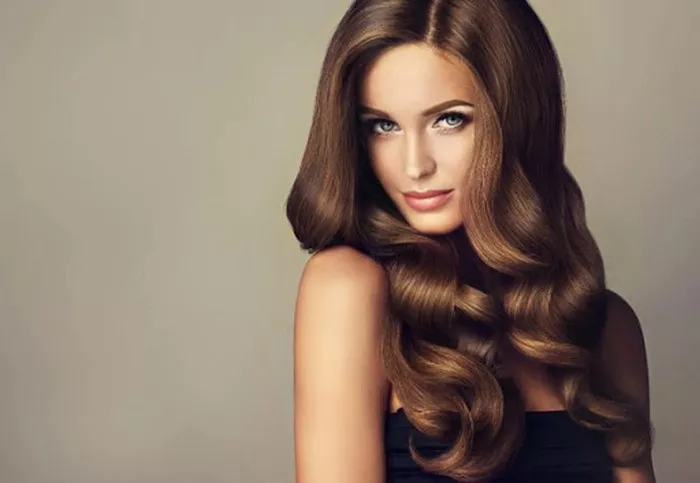For blondes who revel in the refreshing embrace of a swimming pool, an unsettling transformation may have caught their attention—a subtle green tint that gradually invades their locks after frequent plunges into chlorinated waters. This intriguing phenomenon is not exclusive to bleached blondes; even those with natural blonde hair find themselves bearing witness to this mysterious color shift. In fact, it occurs universally, though it manifests less conspicuously in individuals with darker hair or hair untouched by chemical treatments. This article delves into the science behind this common occurrence, dispelling the myth that chlorine is the primary culprit and exploring the role of copper in this aquatic hair mystery.
Copper: The Green-Hued Instigator
The perpetrator behind the greenish discoloration of hair is copper, an element found not only in the chemical composition of pool water but also in the human hair strand itself. To comprehend how copper infiltrates and leaves its green mark, we must venture into the microscopic world of hair chemistry.
Human hair, primarily composed of the protein keratin, boasts an intricate structural makeup categorized as a “structural fibrous protein.” This characterization is owed to its elongated, sheet-like configuration, which provides the ideal stage for chemical interactions. Copper ions, with their innate affinity for specific chemical groups within hair, readily forge bonds, creating a complex known as copper-keratin. It is this complex that lingers within the hair, imparting the discernible greenish hue that vexes swimmers.
Intriguingly, recent research conducted in 2020 has shed light on the specific targets of copper ions within the hair. It was revealed that these ions predominantly bind to disulfide groups, a revelation with broader implications beyond swimming pool enigmas. Other metallic ions, including zinc, lead, chromium, and mercury, were found to engage in similar bonding with hair. Forensic scientists, for instance, leverage these findings to analyze hair samples and ascertain an individual’s exposure to specific metals.
The Vulnerability of Damaged Hair
While light-colored hair displays the most visible manifestation of green discoloration, studies have indicated that damaged hair—often a consequence of bleaching, straightening, or prolonged sun exposure—is particularly susceptible to copper ion binding. In damaged hair, the disulfide groups harbor “broken bonds,” rendering them more accessible targets for copper ions.
Prevention and Remedies
Preventing the onset of this peculiar green hue in your swimming pool excursions offers two viable approaches. Firstly, a physical barrier, such as a swim cap, can be employed to shield your hair from chlorinated water. Alternatively, a chemical method entails pre-treating your hair with an alkaline shampoo. Research has shown that under alkaline pH conditions, copper ions are less prone to hair attachment. To prepare your hair for pool time, opt for a shampoo with a pH lower than 7 or experiment with the addition of baking soda to your regular shampoo.
For those already afflicted with green-tinged locks, solutions exist. Specialized “chlorine removal” shampoos, enriched with a chemical called EDTA, are formulated to bind with metal ions, including copper, effectively eliminating them from the hair. While some may have heard of unconventional remedies involving tomato sauce or ketchup to counteract the green tint, it is essential to note that scientific evidence supporting these claims remains inconclusive.
Understanding the science behind the transformation of hair to a greenish hue in swimming pools sheds light on a common conundrum. Armed with this knowledge, swimmers can take proactive measures to safeguard their tresses and maintain their radiant blonde locks, even in the midst of chlorinated waters.


